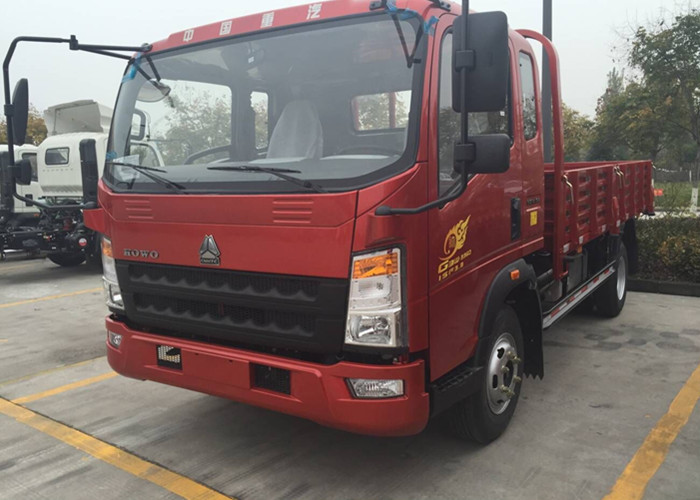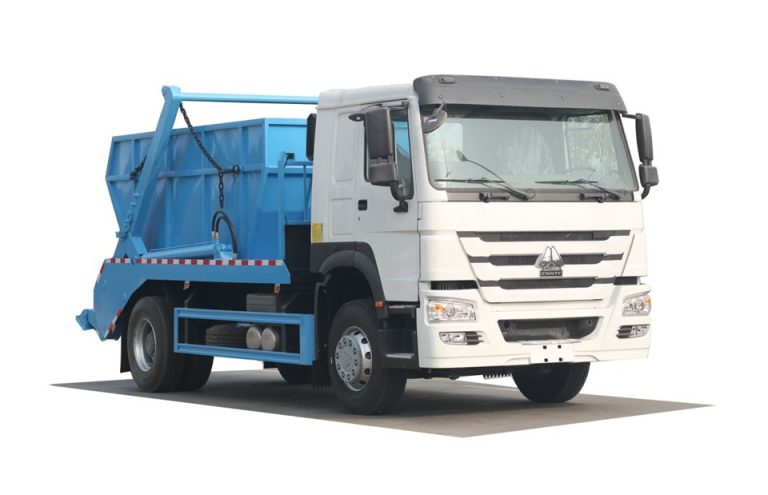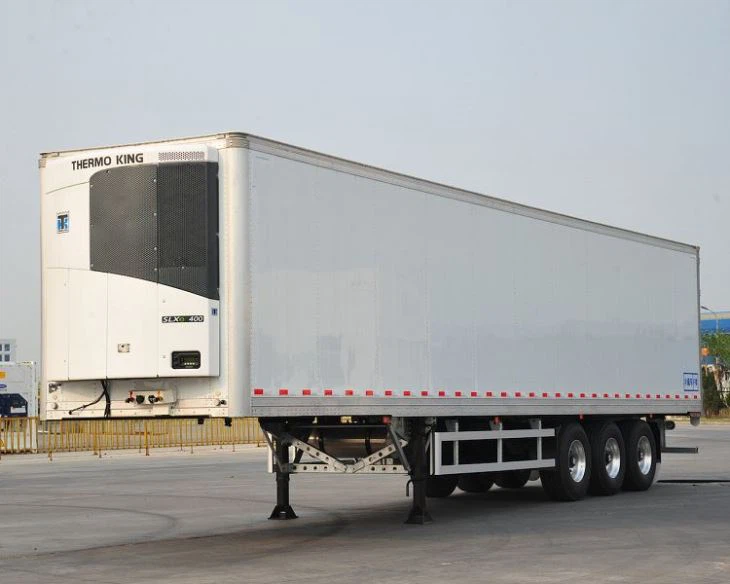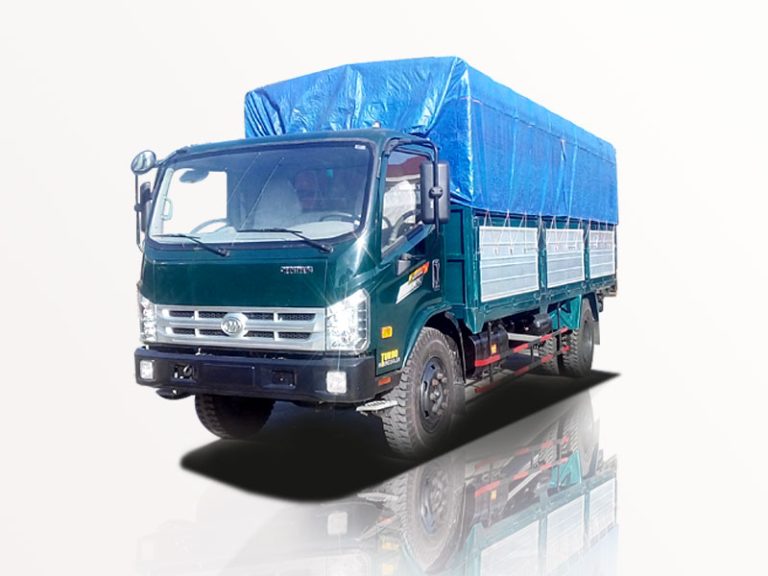Introduction
In today’s world, the need for efficient and safe methods of transferring gas has grown tremendously. A transfer pump for gas is an essential tool that helps in the quick and safe transfer of gasoline, diesel, or other fuels from one location to another. This comprehensive guide aims to provide you with everything you need to know about gas transfer pumps, from the different types, uses, and tips for choosing the right one to maintenance and safety practices.
What is a Transfer Pump for Gas?
A transfer pump for gas is specifically designed to move fuel from one container to another or from storage tanks to vehicles. These pumps can be powered by electricity, batteries, or even manually operated. They minimize spillage, reduce the risk of contamination, and enhance the efficiency of fuel transfer processes.
Types of Transfer Pumps for Gas
1. Electric Transfer Pumps
Electric transfer pumps are commonly used for their ease of operation and efficiency. They are suitable for large-scale operations, such as refueling stations or fuel depots. They often come with safety features and flow rate control.
2. Manual Transfer Pumps
Manual pumps require physical effort to operate and are typically used for smaller jobs, such as transferring gas between containers. They are portable and can be an ideal solution for emergency situations.
3. Battery-Powered Transfer Pumps
Battery-powered pumps offer the convenience of portability without the need for electrical outlets. They are often used in remote locations or for emergency purposes.
4. Hand Pumps
Hand pumps are the simplest form of transfer pumps and rely on manual operation. They are commonly used for small tanks or containers and are very affordable.
Applications of Transfer Pumps for Gas
Transfer pumps for gas find applications in various sectors, including:
- Automotive: Fueling vehicles without the need for traditional gas stations.
- Agriculture: Refueling farm equipment on-site.
- Construction: Transporting fuel to machinery at remote sites.
- Emergency Services: Providing fuel during disasters or emergencies.
Choosing the Right Transfer Pump for Your Needs
1. Assess Your Requirements
Determine the volume of gas you need to transfer and how frequently you will use the pump. This will guide you in selecting the right type and capacity.
2. Consider the Flow Rate
The flow rate tells you how quickly the pump can transfer gas. Depending on your needs, a higher flow rate may be necessary for efficiency.
3. Check for Compatibility
Ensure that the pump is compatible with the type of gas you’ll be using. Not all pumps are suitable for all types of fuel.
4. Look at Safety Features
Features such as automatic shut-off, leak detection, and pressure regulation are essential for safe operation.
5. Understand Power Sources
Choose between electric, battery-powered, or manual options based on the availability of power and your specific situational needs.
Installation of a Transfer Pump for Gas
Proper installation of a transfer pump is crucial for safety and efficiency. Here’s a basic outline of the installation process:
- Choose a location that is well-ventilated and free of flammable materials.
- Review the manufacturer’s instructions for specific setup requirements.
- Securely mount the pump, ensuring it’s stable and won’t tip over during operation.
- Connect the hoses properly, making sure they are leak-proof.
- Test the pump to ensure it operates correctly without leaks.
Maintenance Tips for Gas Transfer Pumps
Regular maintenance can extend the life of your transfer pump and ensure it operates safely. Here are some tips:
1. Regular Inspections
Inspect the pump for any signs of wear and tear. Check hoses, seals, and fittings for leaks.
2. Cleanliness is Key
Keep the pump and surrounding area clean to prevent contamination of the fuel.
3. Lubrication
Lubricate moving parts as per the manufacturer’s guidelines to ensure smooth operation.
4. Store Properly
If not in use, store the pump in a dry and safe location to prevent any damage or rusting.
5. Replace Filters
If your pump has filters, replace them regularly as per usage frequency to avoid any build-up that could affect performance.
Safety Precautions When Using Gas Transfer Pumps
Ensuring safety while operating gas transfer pumps is paramount. Here are some essential safety practices:
1. Use in Well-Ventilated Areas
Always operate transfer pumps in areas with good ventilation to minimize the risk of fire and inhalation of fumes.
2. Avoid Static Electricity
Ground the equipment and avoid using it in dry conditions to prevent sparks from static electricity.
3. Keep Fire Extinguishers Nearby
Have appropriate fire extinguishers within reach in case of an emergency.
4. Follow Manufacturer’s Guidelines
Always adhere to the specific operating instructions provided by the pump manufacturer.
Cost Considerations for Transfer Pumps for Gas
The cost of gas transfer pumps can vary significantly depending on type, capacity, and features. Here’s a generalized breakdown:
| Type of Pump | Price Range | Typical Uses |
|---|---|---|
| Electric Transfer Pump | $150 – $500 | High-volume transfers, commercial use |
| Manual Transfer Pump | $20 – $100 | Small jobs, emergency use |
| Battery-Powered Pump | $100 – $300 | Remote areas, occasional use |
| Hand Pump | $10 – $50 | Small containers, portable use |
Real-Life Examples of Gas Transfer Pump Usage
Understanding practical applications can help illuminate how gas transfer pumps are best utilized:
1. Camping and Outdoor Activities
Those who own recreational vehicles often use portable gas transfer pumps to ensure their vehicles are fueled without having to visit gas stations.
2. Agricultural Operations
Farmers frequently use transfer pumps to refuel tractors or other machinery right in the field, saving time and effort.
3. Emergency Situations
During power outages, many homeowners resort to battery-powered transfer pumps to move fuel for generators.
4. Construction Sites
Construction companies often use electric transfer pumps to refuel heavy machinery on-site, enhancing productivity and minimizing downtime.
Frequently Asked Questions
1. How do I know what size transfer pump I need?
Assess the volume of gas you need to transfer and your usage frequency. Flow rate and capacity requirements will help determine the appropriate size.
2. Can I use a gas transfer pump for other liquids?
While some pumps are designed to handle various liquids, ensure compatibility with the liquid you intend to transfer to avoid damage or contamination.
3. What are the signs of a failing transfer pump?
Common signs include unusual noises during operation, leaks, or a significant reduction in flow rate. Address these issues promptly.
4. Are there regulations I need to follow when using a gas transfer pump?
Yes, legal regulations may vary by location, so it’s essential to familiarize yourself with any local laws regarding fuel transfer and storage.
5. How often should I maintain my pump?
Regular checks should be conducted based on usage. For frequent use, monthly checks are advisable, while for less frequent use, bi-annual inspections may suffice.
6. Where can I purchase a transfer pump for gas?
Transfer pumps can be purchased from hardware stores, automotive supply shops, and online retailers. Always buy from reputable brands to ensure quality and reliability.






